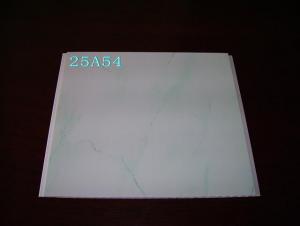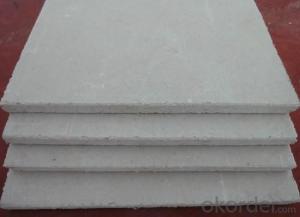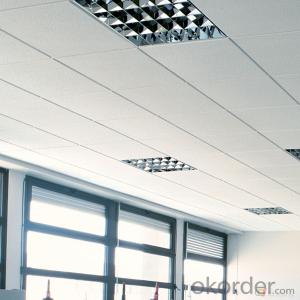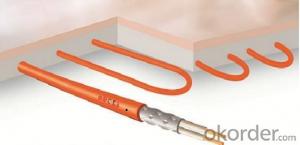Wifi For Solar Inverter
Wifi For Solar Inverter Related Searches
Best Paint For Stainless Steel Blanket Insulation For Steel Buildings Primer For Galvanized Steel Foam Filter For Stainless Steel H S Code For Stainless Steel Surface Grinding Wheels For Stainless Steel Surface Grinding Wheels For Hardened Steel Hole Saw For Stainless Steel Paint For Stainless Steel Stainless Steel For BbqHot Searches
Steel Mesh Panels For Sale Price For Stainless Steel Scrap Scrap Price For Stainless Steel Price For Stainless Steel Stainless Steel Plate For Sale Stainless Steel Tank For Sale Stainless Steel Sheets For Sale Cheap High Tea Sets For Sale Stainless Steel Tanks For Sale Stainless Steel For Sale High Density Fiberboard For Sale Solar Hot Water Collectors For Sale Scaffolding For Sale In Uae Scaffolding For Sale In Ireland Scaffolding For Sale In Houston Type Of Inverter For Solar Price Of Shipping Containers For Sale Types Of Inverter For Solar Stock Price For Aluminum Steel Mesh Panels For SaleWifi For Solar Inverter Supplier & Manufacturer from China
Okorder.com is a professional Wifi For Solar Inverter supplier & manufacturer, offers integrated one-stop services including real-time quoting and online cargo tracking. We are funded by CNBM Group, a Fortune 500 enterprise and the largest Wifi For Solar Inverter firm in China.Hot Products
FAQ
- A grid-tied solar inverter works by converting the direct current (DC) electricity generated by the solar panels into alternating current (AC) electricity that can be used to power household appliances and be fed back into the electrical grid. It synchronizes the frequency and voltage of the solar-generated AC electricity with that of the grid, allowing seamless integration and transfer of power. This inverter also ensures safety by monitoring the grid connection and automatically disconnecting the solar system from the grid during power outages or maintenance work. Overall, it enables efficient utilization of solar energy and allows homeowners to reduce their reliance on fossil fuels while potentially earning credits for excess electricity generated.
- Yes, a solar inverter can be used in systems with different module orientations. Solar inverters are designed to convert the DC power generated by solar panels into AC power that can be used by household appliances or fed back into the grid. They can accommodate various module orientations, including different tilt angles or orientations such as landscape or portrait. However, it is important to note that the overall efficiency of the solar system may be affected by the module orientations and their alignment with the sun.
- A solar inverter plays a crucial role in the payback period of a solar system. It converts the direct current (DC) electricity generated by solar panels into alternating current (AC) electricity that is usable for homes or businesses. A high-quality solar inverter ensures maximum energy efficiency, allowing the solar system to generate and utilize more electricity effectively. By optimizing energy production, a solar inverter can significantly reduce the payback period of a solar system, allowing users to recoup their initial investment and start saving on electricity bills more quickly.
- When choosing the right voltage rating for a solar inverter, it is important to consider the voltage of the solar panels and the electrical grid. The voltage rating of the inverter should match or be compatible with both of these sources. Additionally, factors such as the maximum power output of the solar panels and the electrical load should also be taken into account to ensure optimal performance and efficiency of the inverter.
- A solar inverter handles grid voltage variations by constantly monitoring the grid voltage and adjusting its output accordingly. It uses complex algorithms to regulate the voltage and frequency of the electricity it feeds into the grid, ensuring it matches the varying grid voltage. This allows the solar inverter to maintain a stable and consistent power output, regardless of any fluctuations in the grid voltage.
- A solar inverter can be installed both indoors and outdoors. However, it is generally recommended to install it indoors to protect it from harsh weather conditions and extend its lifespan.
- Yes, a solar inverter can be used with different types of batteries, as long as they are compatible with the inverter's specifications and voltage requirements.
- A solar inverter handles electromagnetic interference (EMI) by implementing various measures to mitigate and minimize its impact. These measures include using proper shielding techniques, filtering the input and output signals, and complying with relevant EMI standards and regulations. Additionally, advanced digital signal processing techniques may be employed to suppress any EMI-induced noise and ensure the efficient conversion of solar energy into usable electricity.














































